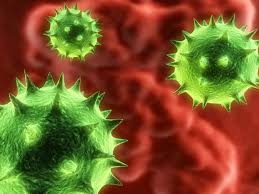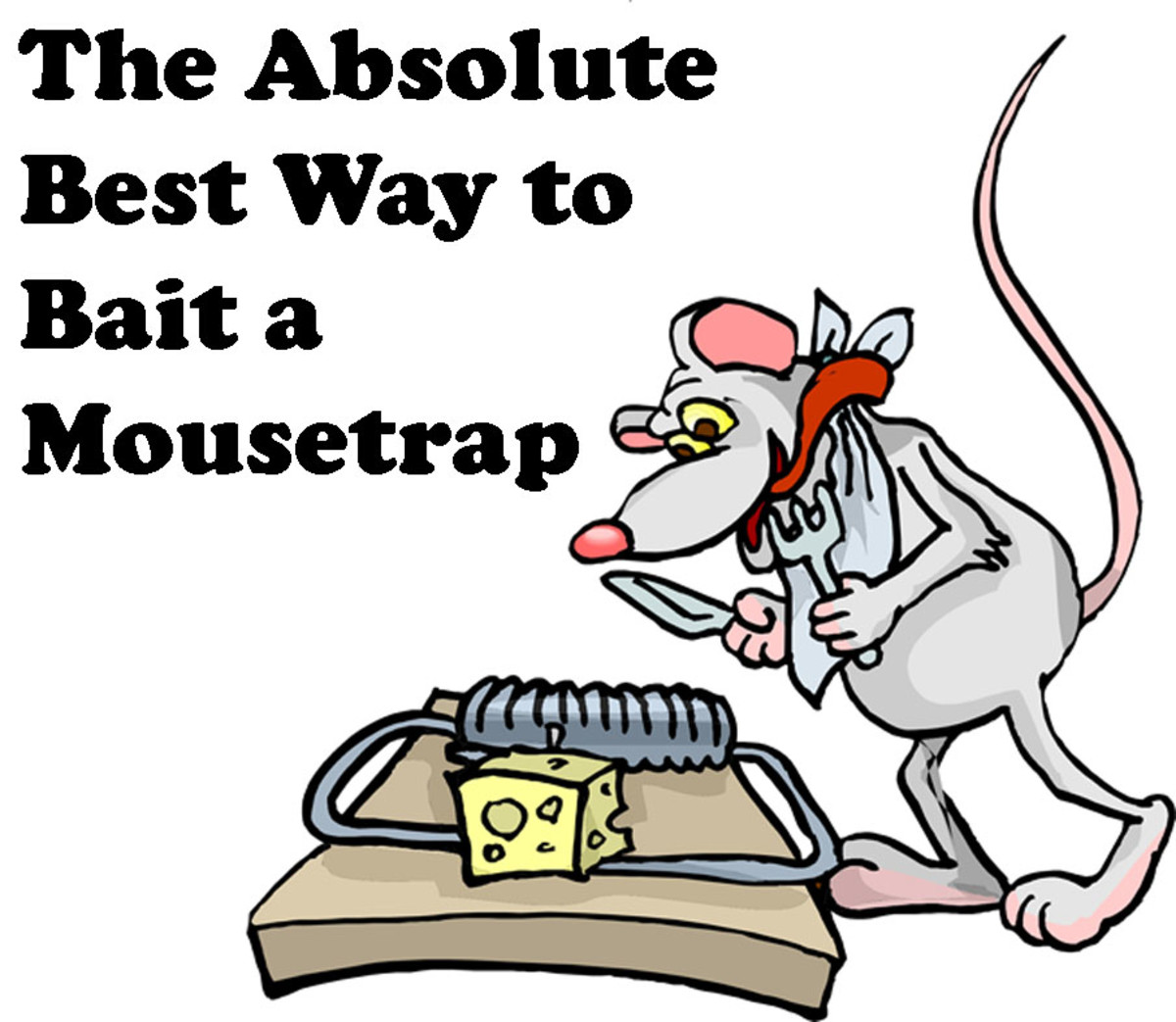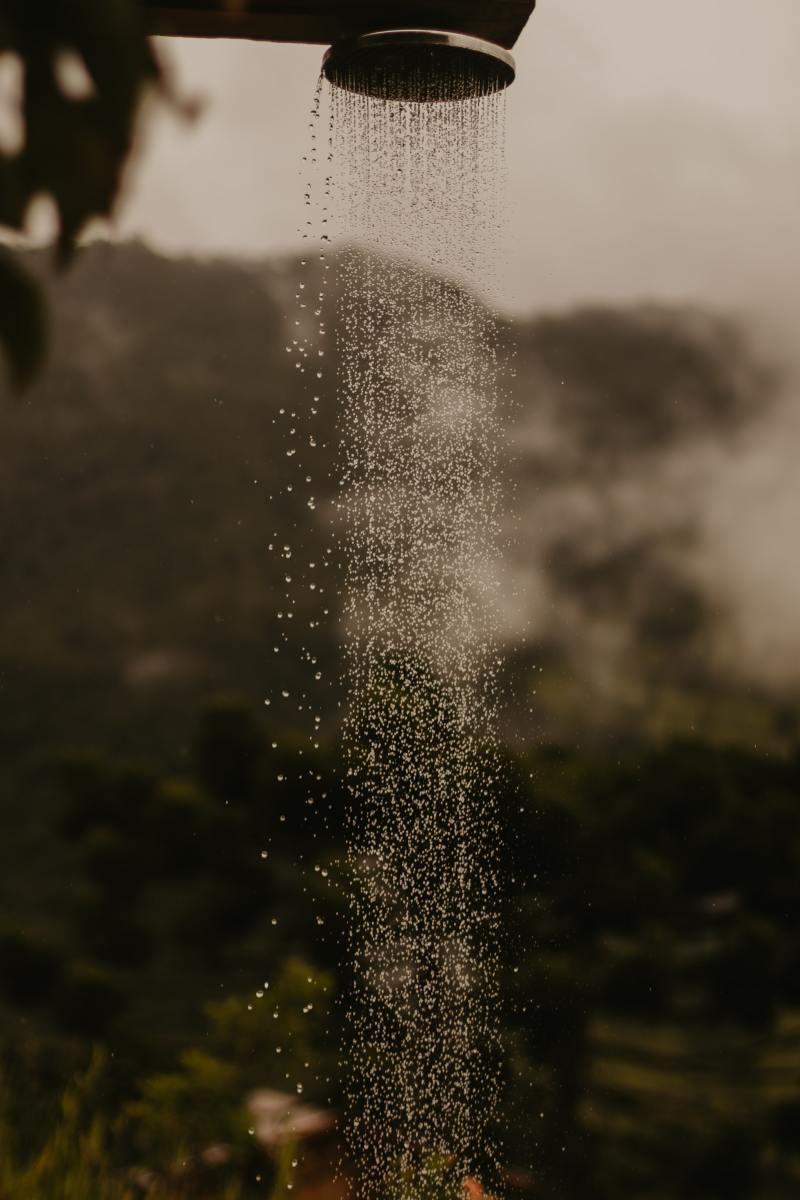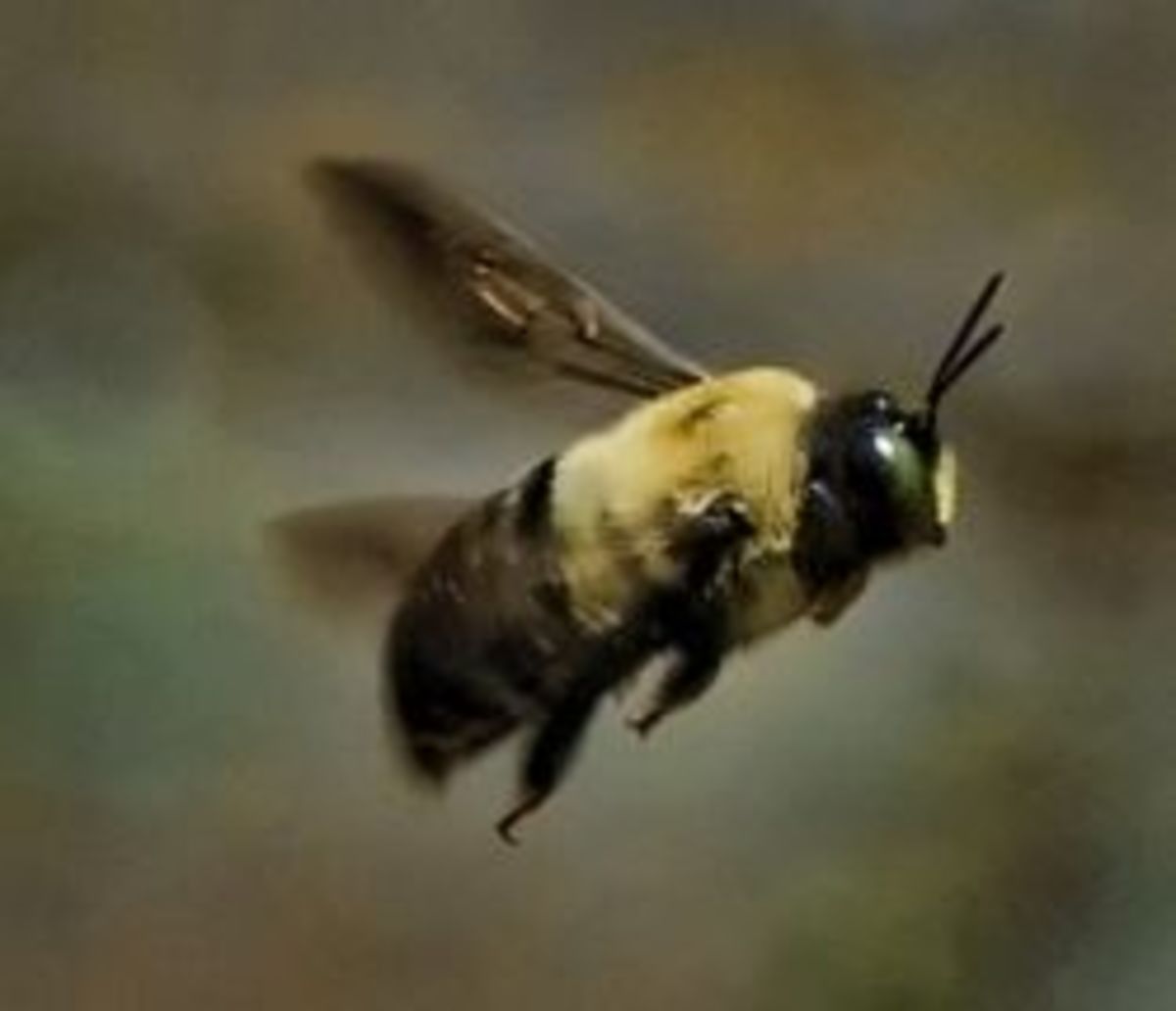Outbreak of noro virus

Decontamination of rooms during a noro virus outbreak
This guidance I have produced is specifically for the decontamination of guest rooms in a hotel once the infected person has left and can satisfy the Environmental Health Officer that you are following a rigorous cleaning routine. It is also relevant to the care sector and hospitals and other providers of accommodation. Once the room has been decontaminated it is essential that no new client is allowed to occupy the room for at least 48 hours and preferably 72 hours.
You should ensure that you have all necessary cleaning materials prior to cleaning to prevent unnecessary leaving and entering of the room. You will need personal, protective clothing, disposable gloves, paper towel, disposable cloths, detergent, disinfectant/sanitiser, chlorine releasing agent (diluted bleach solution), waste bags and bags for the removal of laundry that clearly indicate that the contents are contaminated.
Step by step guide
Step 1
Upon entering the room, open the window, especially if you are using a bleach solution to ensure that the room is well ventilated. Liberally spray the bathroom with sanitiser, ensuring that all surfaces come into contact with the solution. Close the bathroom door and continue with deep cleaning of the room. This contact time is critical to ensure that the sanitiser is effective.
Step 2
Remove any items of general waste, empty the waste bins, remove any bars of soap, shampoo, unused complimentary goods, toilet rolls and any other loose items that may be contaminated. Put these items and all of the pillows in the room into a red rubbish bag, tie the bag, spray with sanitiser and remove from the room.
Step 3
Strip the bed and remove any curtains and blinds for cleaning. Place the used linen into a red bag to identify it as contaminated. Tie the bag whilst still in the room, spray with sanitiser and place outside the room.
Step 4
Clean all surfaces, including the mattress and bed frame with detergent and warm water. Dry all surfaces thoroughly. Next these surfaces should be wiped with a chlorine releasing agent. Clean the carpet with detergent and warm water, preferably using a carpet cleaning machine designed for this purpose.
Step 5
Clean the bathroom with disposable paper towel. Start with "clean" surfaces such as the washbasin, shower rail and upper tiles. Ensure all detergent residue has been removed. Put all paper towel in a waste bag. Clean the taps and door handles last. Don't forget light switches and pull cords. You need to pay attention to hard to reach areas such as behind the toilet and pipework as these may have been contaminated with viral particles. Do not begin to clean the toilet until all other cleaning has been undertaken.
Step 6
Wipe all surfaces with a mild bleach solution, ensuring that the room is well ventilated. You should also use this to wipe the floor. Again, discard the paper towels that you use. All surfaces should be thoroughly dry. You can now clean the toilet which will still have the sanitiser solution on it from step 1. Clean the toilet, leaving the bowl until last. When all the chemical residue has been removed, discard the paper towel. You should ensure that all surfaces are thoroughly dry. Wipe all surfaces with the mild bleach solution paying particular care to the flush handle and toilet seat.
The toilet is the last thing that should be touched in the room. Any further cleaning such as polishing the mirror, is NOT part of the decontamination process and must be done later. After the toilet has been cleaned, remove gloves and any other disposable PPE, place in the waste bag and tie the bag. Spray the bag with sanitiser and leave the bathroom. Do not remove anything from the room without spraying with sanitiser and do not bring anything into the room from outside. The decontamination process is now complete. The room should not be made up until it is next needed and should not be used for 72 hours.
Have you had to contain an outbreak of the winter vomiting bug
Environmental Health Officers have the power to close your premises if you cannot control an outbreak of Norovirus. Follow these strict guidelines and show due diligence and that you are effectively trying to contain the disease.



